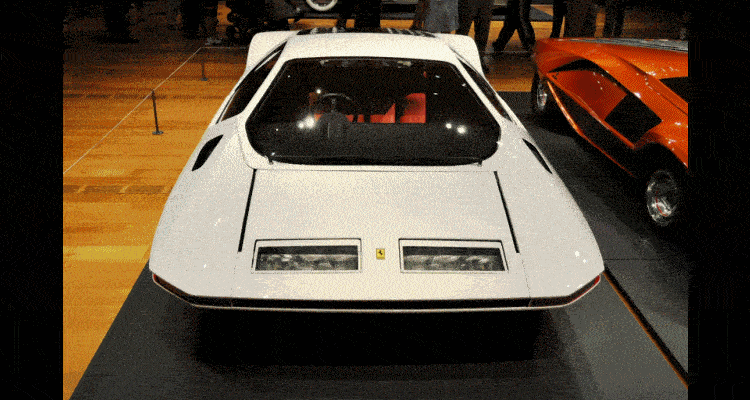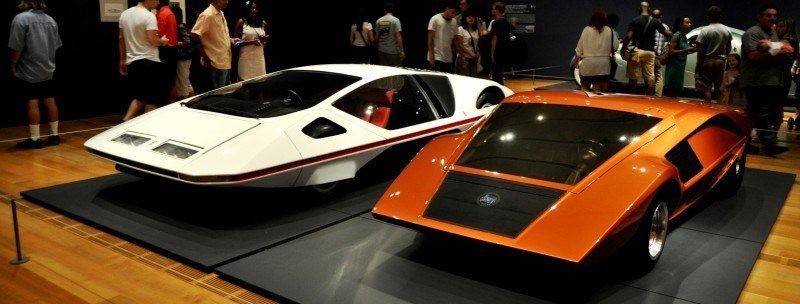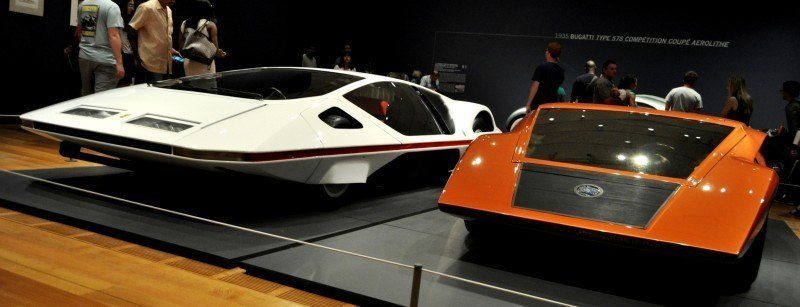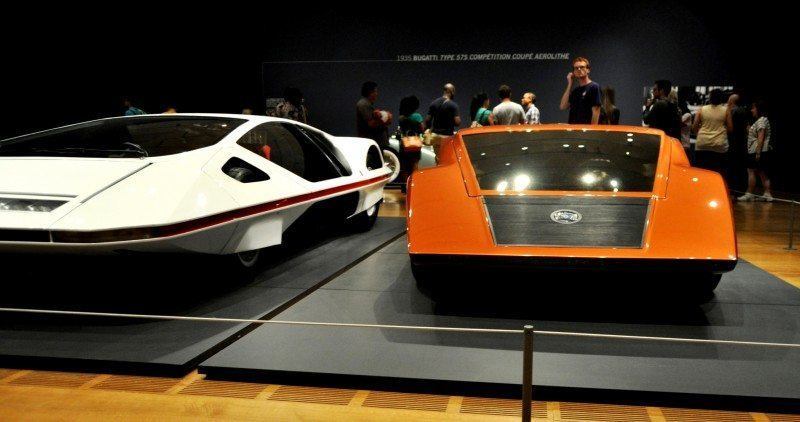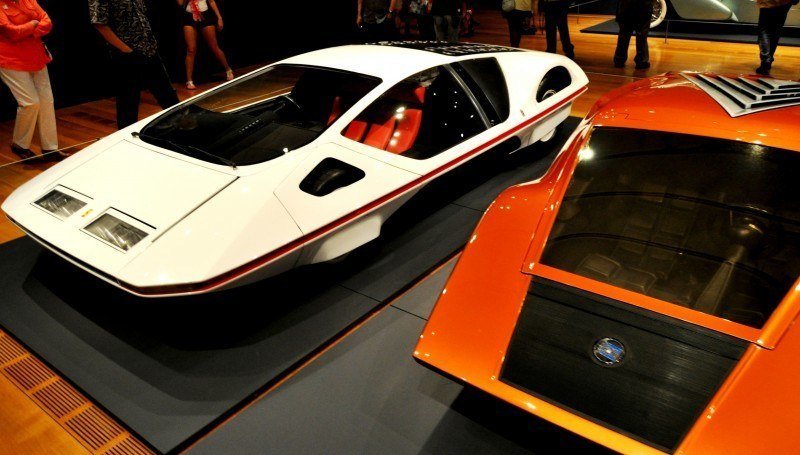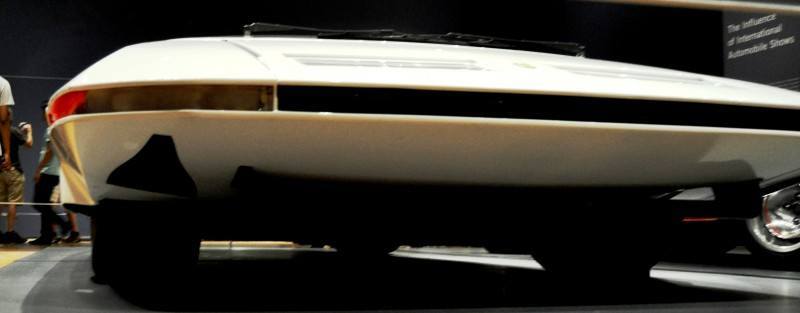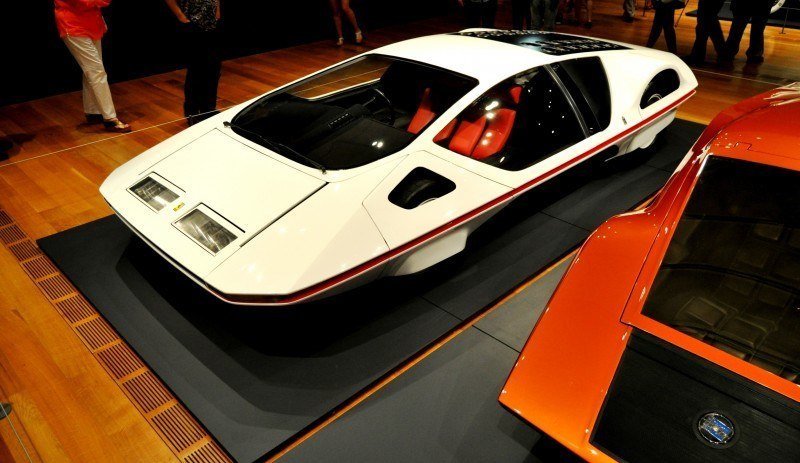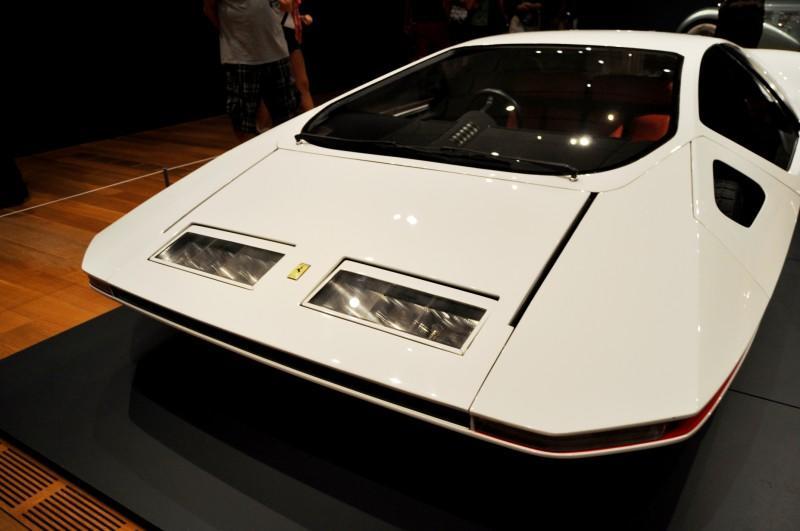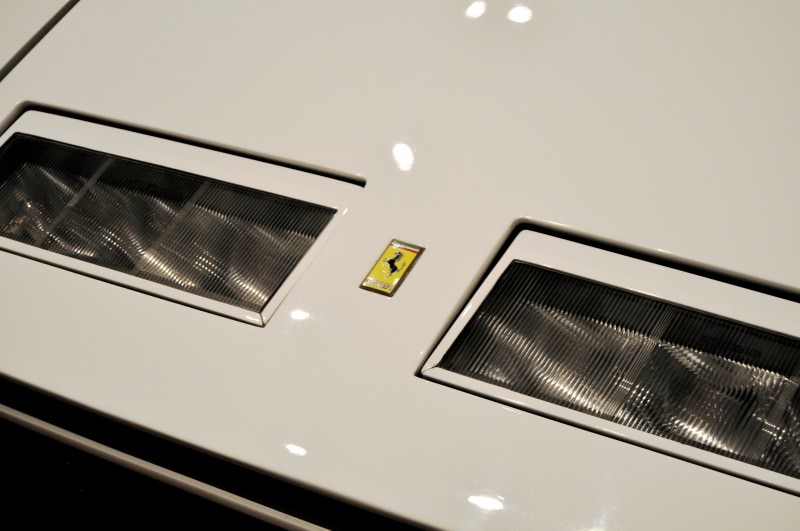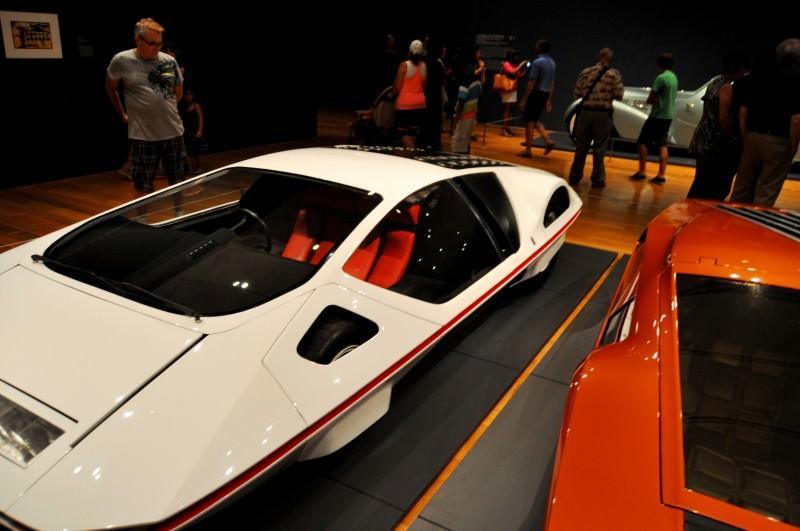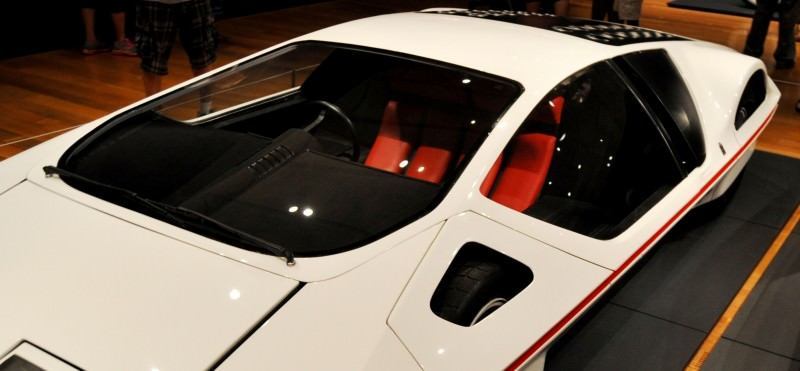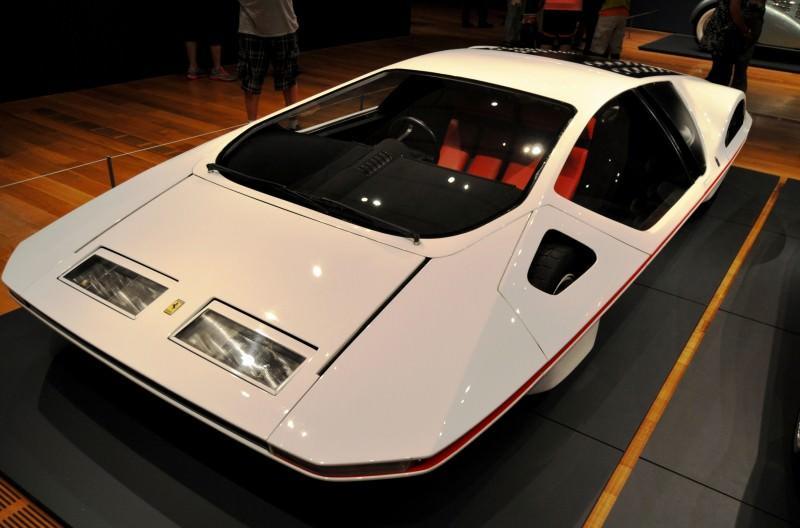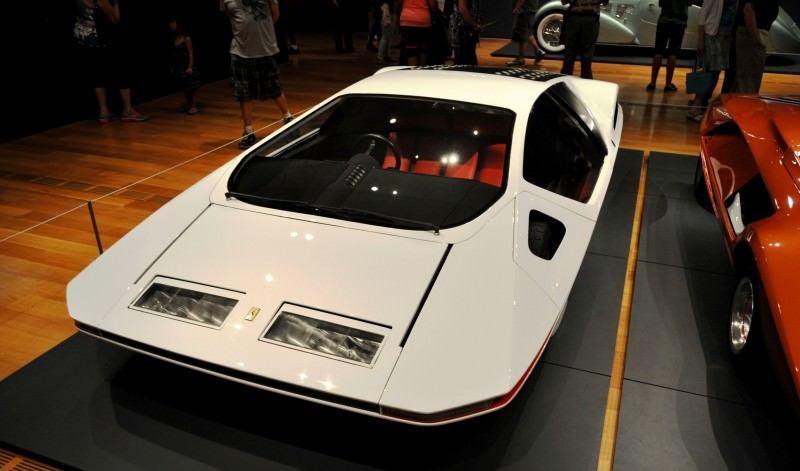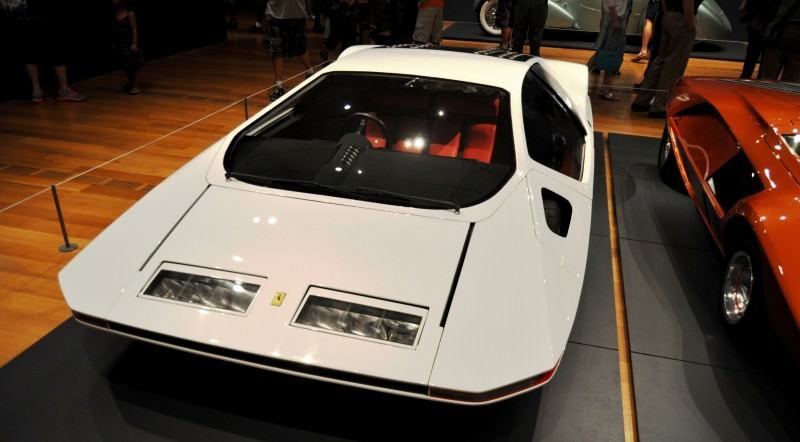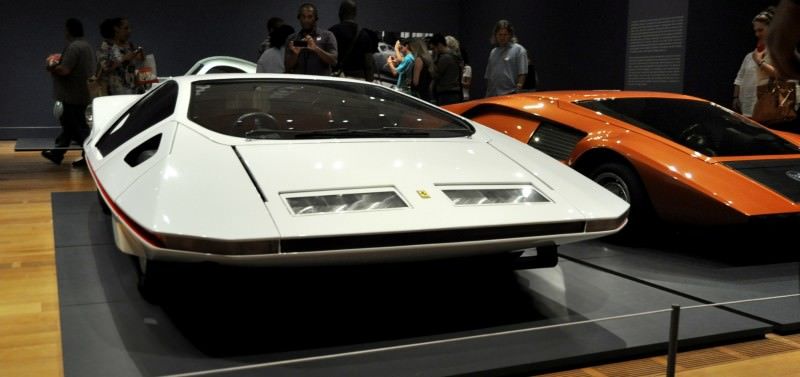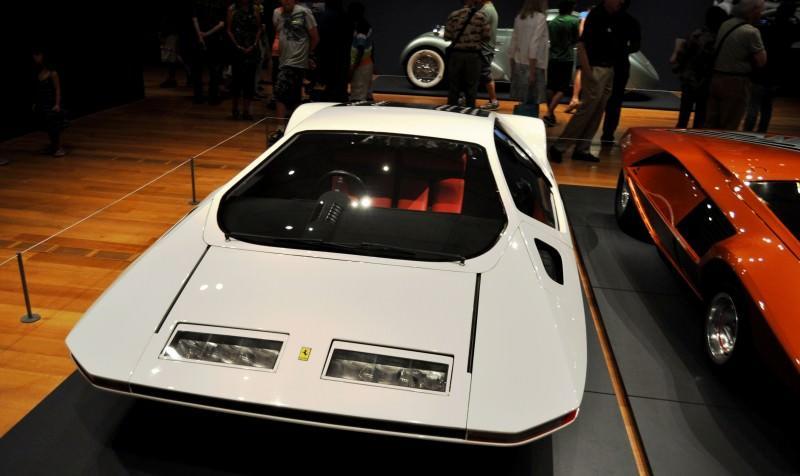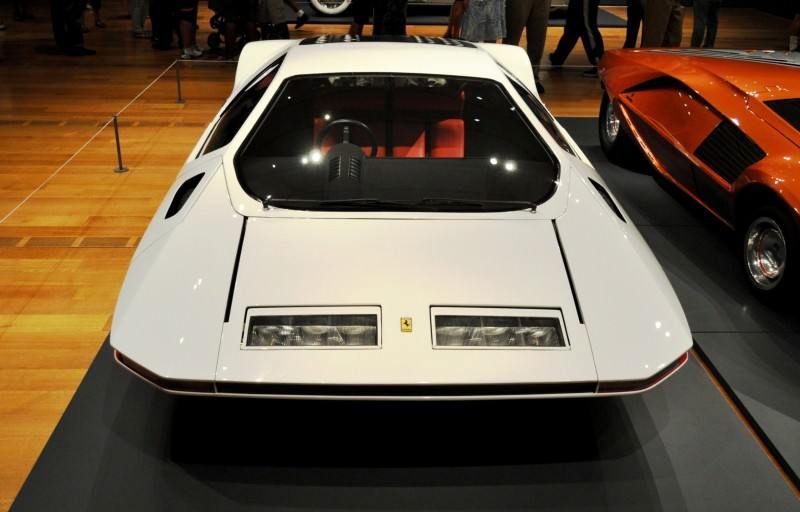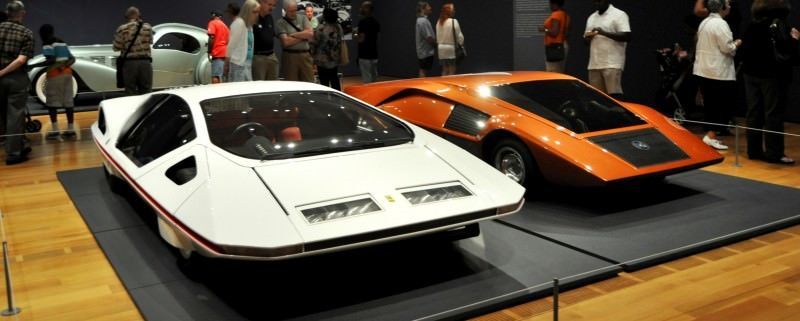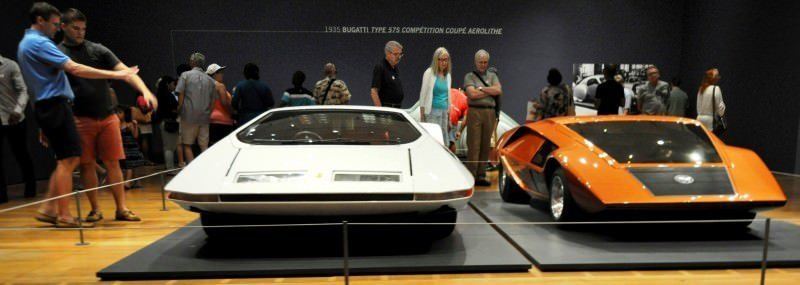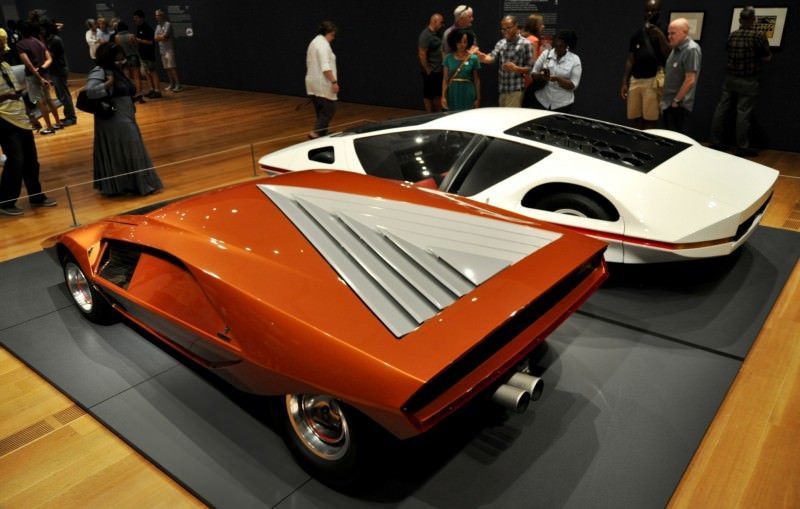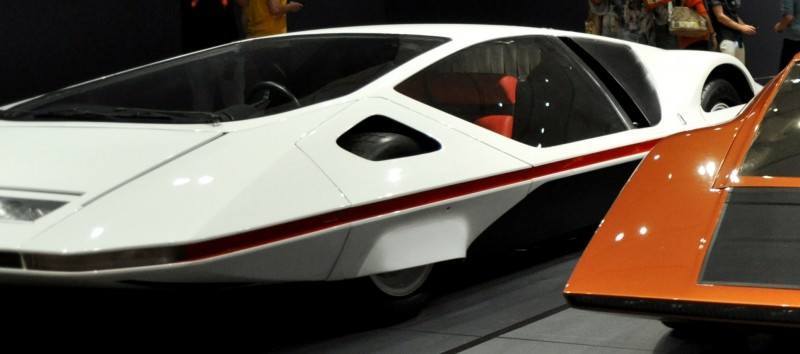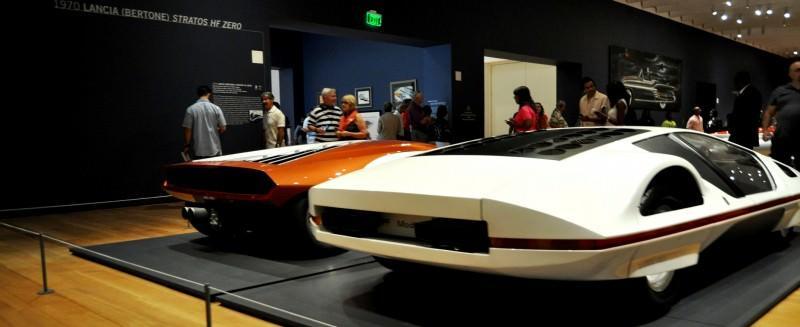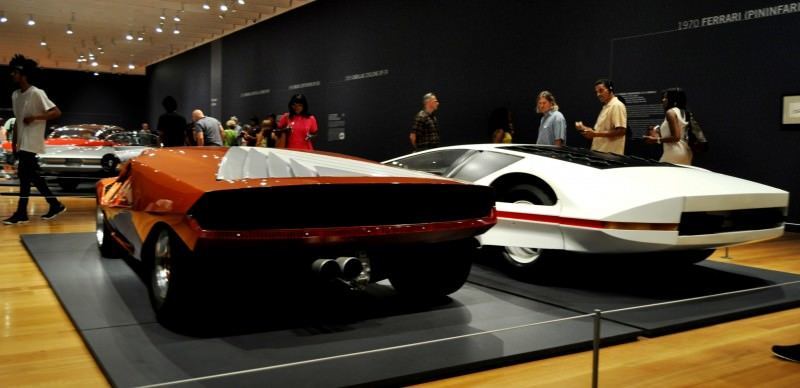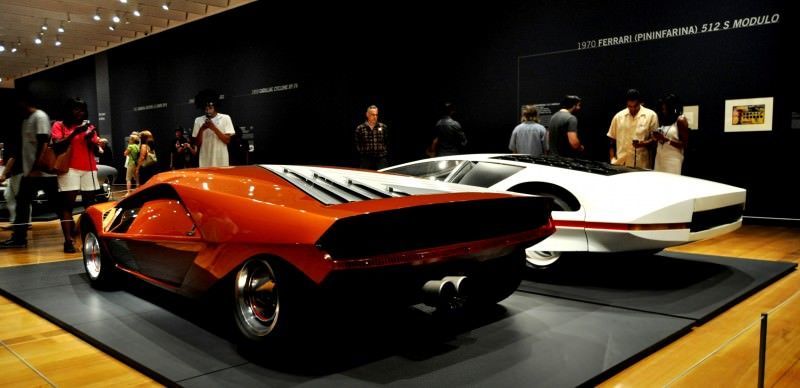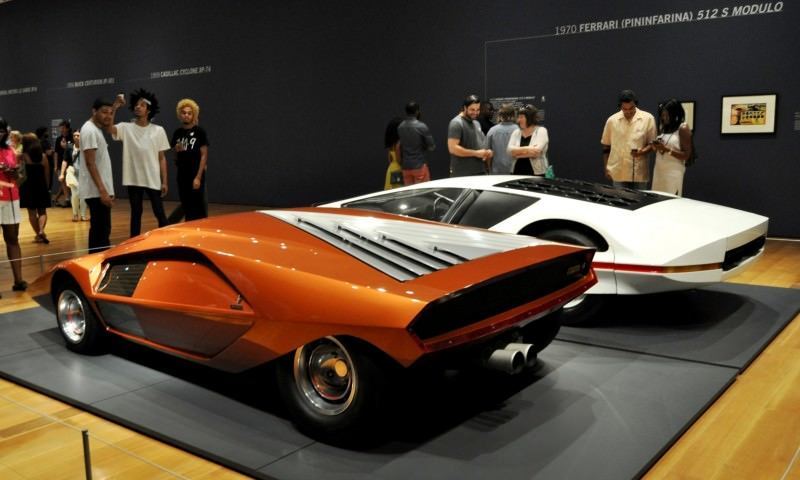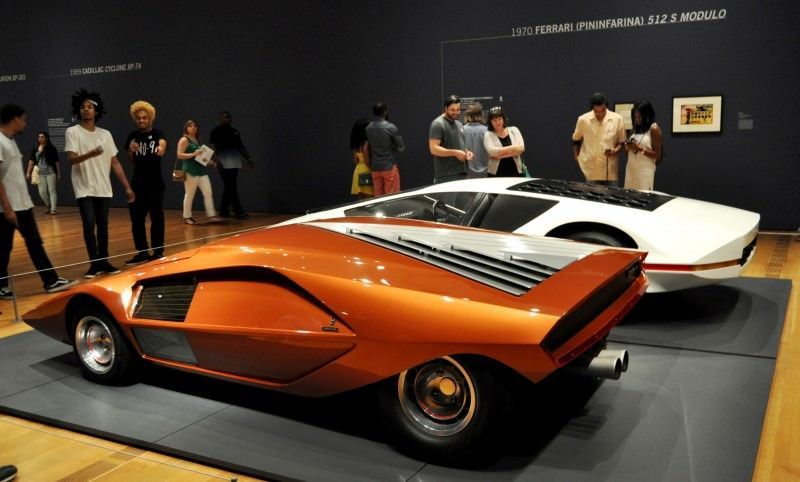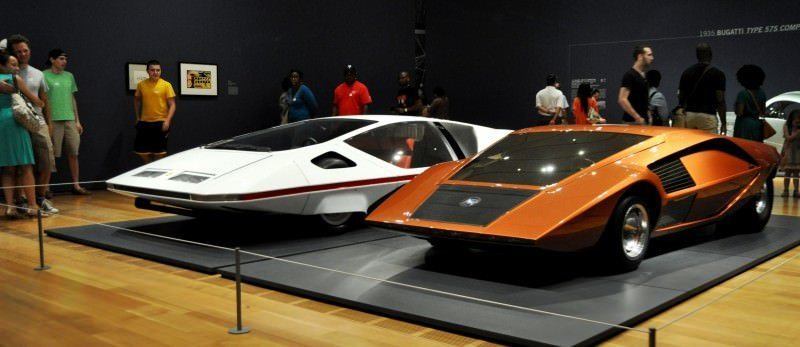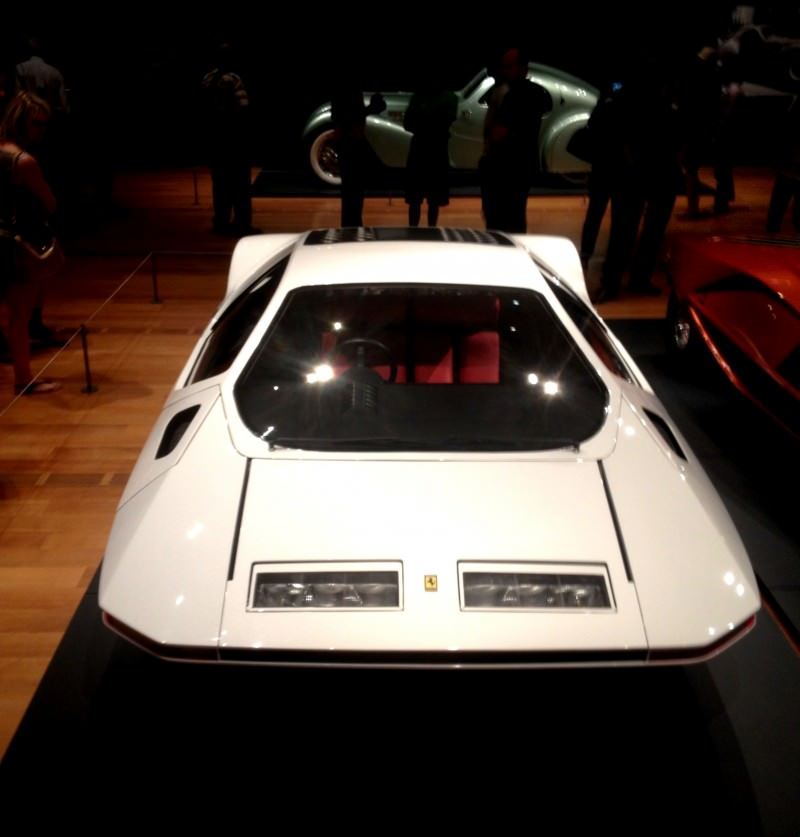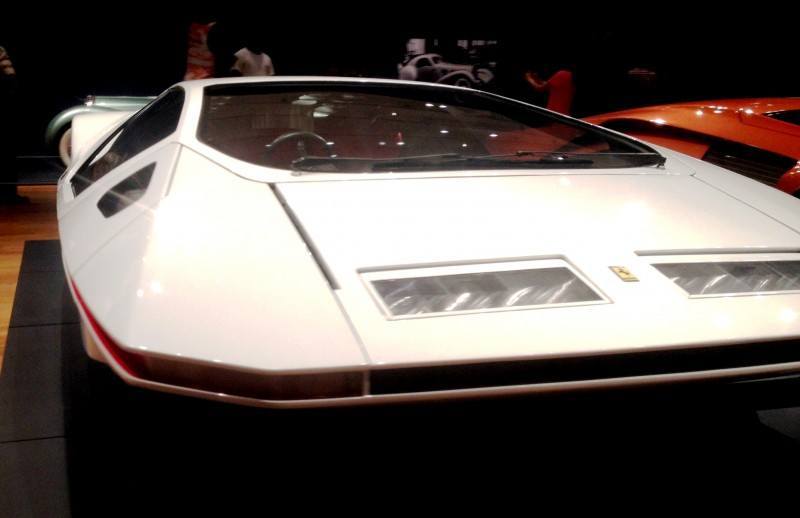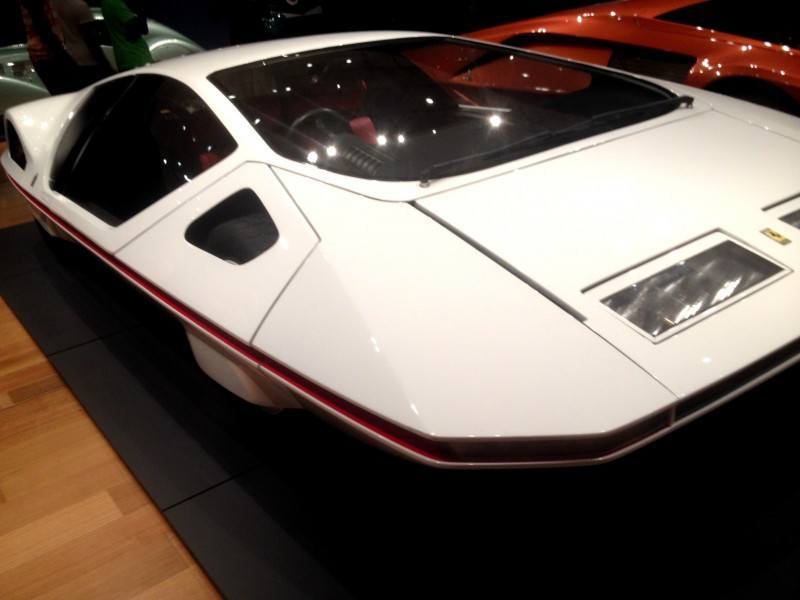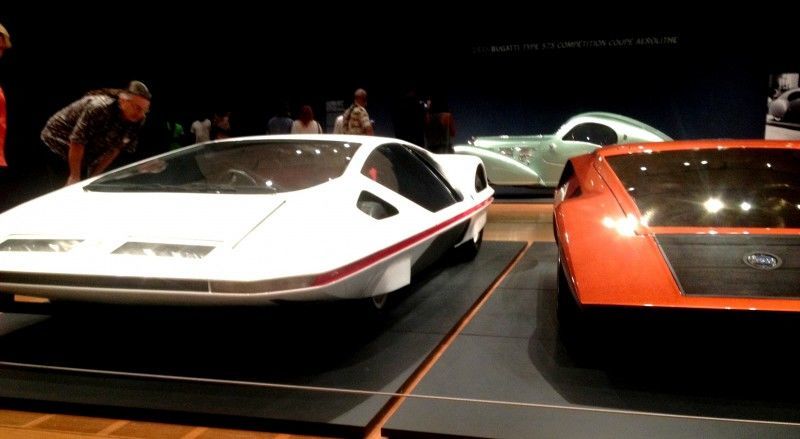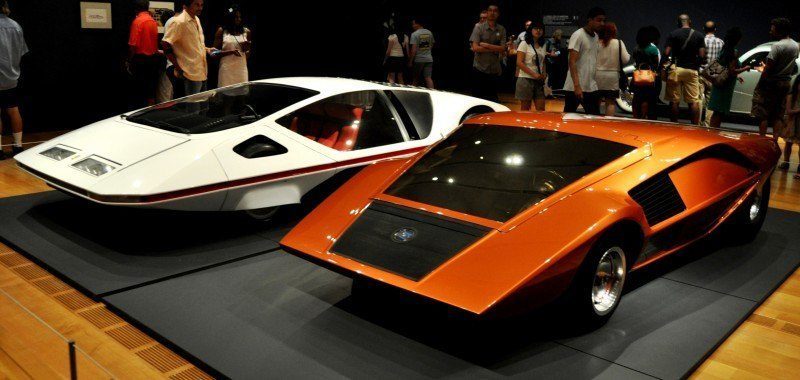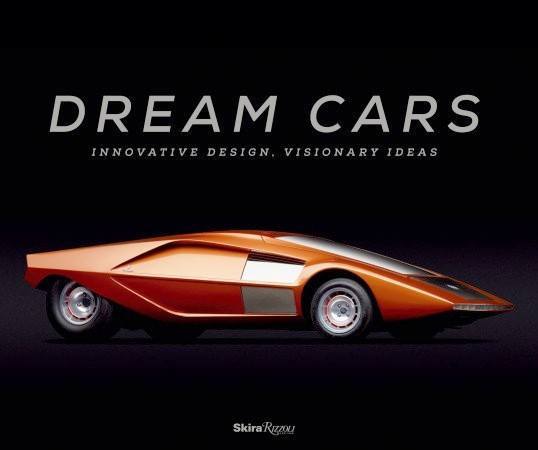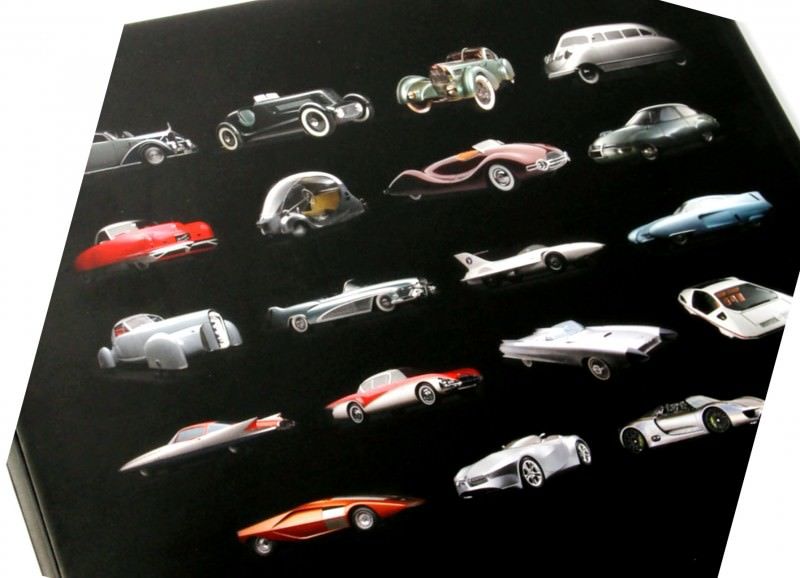As wild as Ferrari production cars are – you might notice that the brand releases almost no pure concept cars. Why?
Because people want to buy them off the auto show floor!
And so Ferrari must be exceptionally careful about what they show the public, especially if the car itself is too wild to ever be sold.
One of the great concept Ferrari’s of all time is the 512 S Modulo. It takes the same ultra-aerodynamic goals as the Lancia Stratos HF Zero to an altogether different conclusion.
But while the Lancia Stratos HF Zero looked vaguely production-feasible, this 512 S Modulo is much more of a model than a car. To me, the car looks like a statement of intent, a goal, and largely an aerodynamic study.
The one-piece shell alone would make any production model a mind-bending task, but this car was important in a time of transition for Ferrari.
Only producing road cars since 1953, Ferrari needed to prove its relevance and king-maker status in the Italian supercar landscape. It was under siege from all sides by 1970, with the last of the swooping-shaped Scaglietti cars like the 275 finally bowing out in favor of the more-modern 365 GTB/4 Daytona.
Ferrari also felt the strains of a losing Le Mans campaign and challenging safety regulations on the horizon. It was a madhouse every day of every year under Enzo in Maranello, but things were particularly mad during the early 1970s.
How to stay hip? How to anticipate design trends while also using this racing expertise to achieve excellent road-car performance?
Where would the sports-car and supercar market be by 1980?
No one knew. But everyone knew the old styles of front-engine V12 models was fading from glory in favor of mid-engine and ultra-exotic designs, materials and construction.
To meet all these challenges head-on, Ferrari commissioned the 512 S Modulo from Pininfarina to explore not just mid-engine chassis layouts for the road, but ultra-low and streamlined aerodynamics as well.
Would this statement of intent ever see the roads? Or just race-tracks like the Ferrari P series cars like the P2 and P3?
Not in this exact form. But the ideas and even the design concepts shown on the 512 S Modulo would play a large role in defining the future Ferrari hypercar nose and low-slung dual panel construction: with a simple middle seam joining the top and bottom of the cars.
This was seen first in the 1974 512BB and through the 1980s Ferrari F40 — as it as the most practical way to bring Modulo-style aero to mass-produced road cars.
DREAM CARS runs through September 7th at Atlanta’s High Museum of Art.
-
Plan your trip now to see these one-of-a-kind machines up close and in real life!
-
http://www.high.org/Art/Exhibitions/Dream-Cars-Innovative-Design-Visionary-Ideas.aspx
The DREAM CARS companion hard-cover book offers outstanding descriptions, insights and photography of the collection – it is available now world-wide via the High Museum shop link below.
-
http://museumshop.high.org/collections/dream-cars/products/dream-cars
- Atlanta Dream Cars Showcase – 1970 Ferrari 512S Modulo by Pininfarina

Tom Burkart is the founder and managing editor of Car-Revs-Daily.com, an innovative and rapidly-expanding automotive news magazine.
He holds a Journalism JBA degree from the University of Wisconsin – Madison. Tom currently resides in Charleston, South Carolina with his two amazing dogs, Drake and Tank.
Mr. Burkart is available for all questions and concerns by email Tom(at)car-revs-daily.com.

